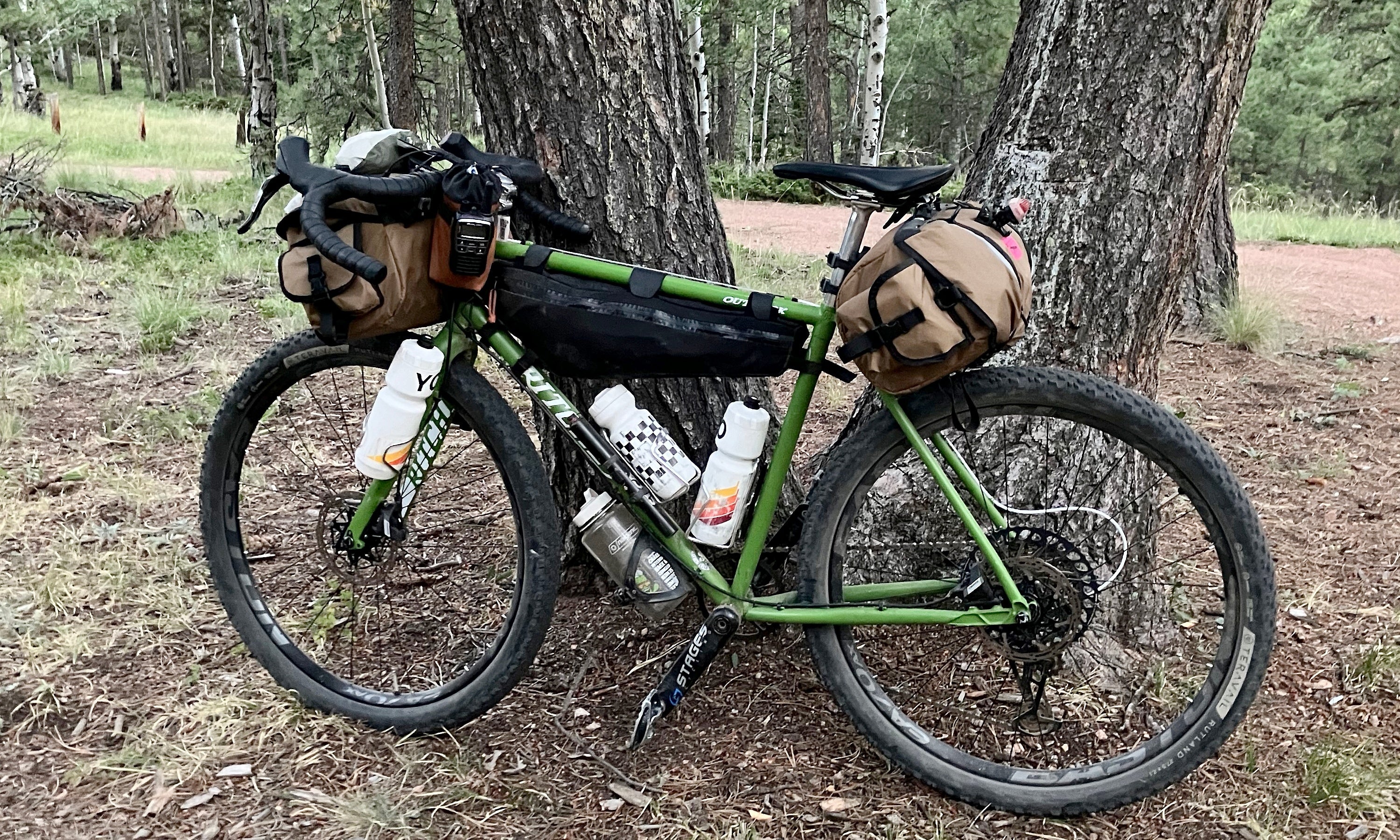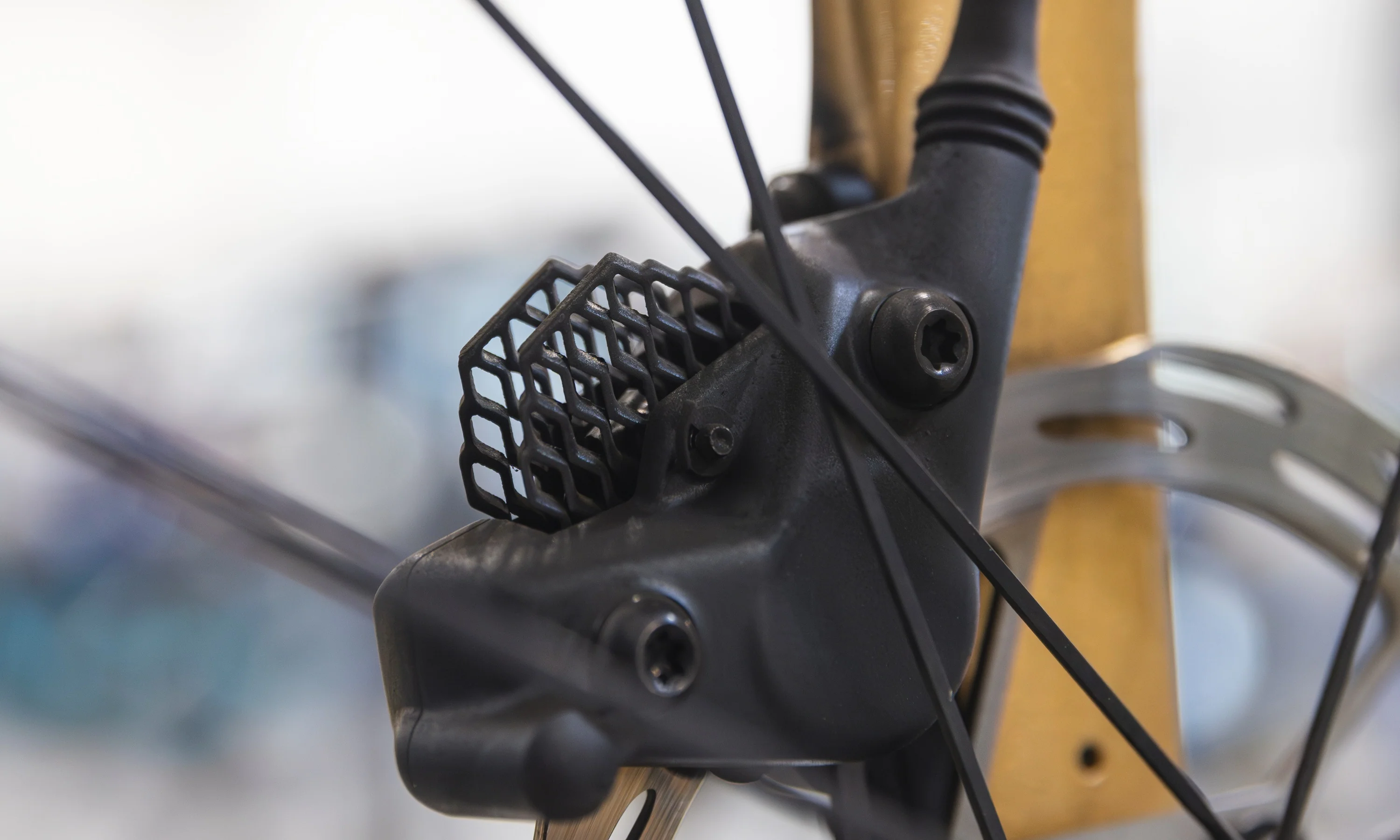
Sweet, sweet loam. It is "loam," right? Photo: Tom Caldwell
Mountain bikers are obsessed with loam. It seems like every other Youtube video features some absolutely stoked rider on screen yelling at you about how “insanely rippable” this “100% certified organic, dank loam” is. Global Mountain Bike Network has a video on how to ride loam. Mountain Bike Rider has it in their dictionary. Pacific Northwest Components is using it as a marketing buzzword to sell everything from grips to dropper posts. Loam is love. Loam is life.
Except there’s a problem: What we talk about when we say “loam” often isn’t loam…at least not according to the experts. And while loam is certainly a type of soil, good traction is less about the size of the soil particles than it is about the moisture holding them all together. Figuring out where and when to ride after the rain is a science unto itself, so we enlisted a real soil scientist (and avid mountain biker) to get the answers you’ll need to find the tackiest trails possible.
SHOP MOUNTAIN BIKES | SHOP MTB TIRES
The problem with loam
“The term ‘loamy’ I find really frustrating as a soil scientist who mountain bikes,” says Adrian Gallo, a Ph.D. Candidate in Soil Science at Oregon State University. Despite what popular YouTubers might claim, that top layer of moist, rippable trail is often actually the O-horizon, “O” for organic. It’s made of the most recently decayed leaves, pine needles, branches, and the organisms that digest them. Some soils — like in the desert southwest — have almost no O-horizon. Others, like those fabled PNW trails, have a thick one.
Loam exists below the O-horizon. It is a type of soil. More accurately it is a whole family of soil types. Scientists classify soils as sandy, silty, or clay-y, and when none of those textures are especially dominant, they call it loamy. Loam is not some mystical thing. It’s your garden variety dirt, literally. This graphic illustrates how soil textures intermingle.
 To read this chart you need to know what types of particles are in the soil at question (more on this later). But say we have a soil that’s 50% sand, 30% silt, and 20% clay. You can start with any two of these, but let’s go with sand and silt. First, trace down the sand side to 50% then trace down the silt side to 30%, then look for where the two lines coming off those percentages meet. In this case they meet in the “medium loam” section. The third line intersecting at this point traces back to 20% clay meaning we did it right.
To read this chart you need to know what types of particles are in the soil at question (more on this later). But say we have a soil that’s 50% sand, 30% silt, and 20% clay. You can start with any two of these, but let’s go with sand and silt. First, trace down the sand side to 50% then trace down the silt side to 30%, then look for where the two lines coming off those percentages meet. In this case they meet in the “medium loam” section. The third line intersecting at this point traces back to 20% clay meaning we did it right.
The chart illustrates again just how common loam is: Nearly everything that isn’t in one of the corners is some mixture of sand/silt/clay “loam.” It can pack tight or stay super fluffy, it can be slick or tacky, sandy or chunky. That “hero dirt” very well may be loam, but it’s not the loam that makes it heroic.
SHOP MOUNTAIN BIKES | SHOP MTB TIRES
So what makes for good dirt?
Moisture.
“From a soil physics perspective, the maximum soil strength (when tire grip will also be greatest) occurs at a moist, but not overly saturated, soil water content,” Gallo says. “Depending on the soil properties, ~25% moisture by volume is the sweet spot. Too wet and water acts as a lubricant between soil particles. Too dry and there isn't enough water to impact soil strength. But at just the right moisture content, the adhesive and cohesive properties of water in soils help them feel really tacky while cornering/braking/jobbing. Sandy soils can be super tacky, same as clay soils, depending on the moisture content at the time of riding.”
How do I find optimally moist dirt?
Now we’re asking the right questions. First, you’ll need to understand what type of soil you’re riding on. For that, there’s SoilWeb, a ridiculously cool resource that has high-resolution descriptions of soils across the United States. Seriously, go click around your local trails and check out what types of soil you’re riding on. You can compare the Flume Trail to the Alien Run or look at the difference between the dirt at Pisgah vs. Molass Pass.
After you know what type of dirt you’re on, you’ll need to know what happens when it gets wet. Different types of soil hold moisture for different amounts of time. The general rule is, the more clay content, the longer dirt stays wet; the more sand content, the quicker it dries out.
“Sandy soils transmit water really quickly. If it rains half an inch, you’ve gotta go out there in the next day or so,” says Gallo. “If you’re in an area where there’s more clay soils and it rains half an inch — say California grasslands — you’re probably not going to want to ride for two or three days because it’s going to be too muddy.”
Figuring this out with SoilWeb is easy. First, click on the spot you’re wondering about. Here’s McKenzie River Trail, for example. The bar on the left shows you the horizon profile. Clicking on the boxes to the left (clay is highlighted) will bring up a depth profile of that particular component.
 Here’s what we see if we click clay. At the surface, the ground is roughly 20%. That number drops to 15% at around 18cm down. Not bad. We can probably ride this trail a day or two after it rains and it’ll be lovely and tacky. This is confirmed by the “well drained” designation as well.
Here’s what we see if we click clay. At the surface, the ground is roughly 20%. That number drops to 15% at around 18cm down. Not bad. We can probably ride this trail a day or two after it rains and it’ll be lovely and tacky. This is confirmed by the “well drained” designation as well.

That said, don’t forget to use your brain. If it’s been raining for a week straight the soil is going to be saturated and may take longer to drain. If it hasn’t rained in two months, you can probably get out there even quicker. The easiest rule of thumb, Gallo says, is that if you’re leaving tracks, it’s too wet to ride.
So the next time you’re bombing down some singletrack and you feel like your tires are glued to the dirt, try to resist the urge to yell something about how loamy the trail is. Instead yell, “Wow, this soil of indeterminate composition sure is tacky due to its optimal water content.” You won’t sound cool, but your friends behind you will be too busy railing through the corners to hear you.














